Crassulacean Acid Metabolism (CAM) is a special way some plants perform photosynthesis. This method helps plants live in dry and hot environments by reducing water loss while still taking in carbon dioxide (CO₂). Originally found in the Crassulaceae family, CAM is now known to exist in many plants, including cacti, succulents, orchids, and bromeliads.
How CAM Photosynthesis Works
Unlike other plants that take in CO₂ during the day, CAM plants do this at night. Their photosynthesis process happens in four stages:
Phase I : Taking in CO₂ at Night
Stomata (tiny openings on leaves) open at night to save water.
The plant absorbs CO₂ and converts it into malic acid using an enzyme called PEPC.
This acid is stored in vacuoles until daylight.
Phase II : Storing the Acid
The malic acid remains stored while the stomata close during the day to prevent water loss.
Phase III : Using the Stored CO₂ During the Day
The malic acid is broken down to release CO₂.
The CO₂ is then used in the Calvin cycle to make food for the plant.
Phase IV : Preparing for the Next Night
The leftover product from malic acid breakdown is changed back into PEP, so the cycle can repeat.
Why CAM is Important
CAM helps plants in many ways:
- Saves Water: Stomata remain closed during the day, reducing water loss.
- Survives in Dry Conditions: CAM plants can live in places where water is scarce.
- Keeps Making Food: Even though the process is slower than other types of photosynthesis, CAM ensures plants can still grow in tough environments.
- Can Switch Metabolism: Some plants can switch between CAM and regular photosynthesis when needed.
Examples of CAM Plants
Some common CAM plants are:
- Cacti: Opuntia (prickly pear), saguaro cactus
- Succulents: Kalanchoe, Sedum
- Orchids: Vanilla plant
- Bromeliads: Pineapple, air plants (Tillandsia)
- Agave: Agave americana
Why CAM Plants Matter
CAM plants help maintain balance in dry ecosystems. They provide food and shelter for many animals and are also useful to humans. Plants like pineapple and agave are important for agriculture. Scientists are studying CAM to develop crops that can grow better in drought conditions.
Conclusion
Crassulacean Acid Metabolism is a smart way for plants to save water and survive in harsh places. Learning more about CAM can help improve farming and protect the environment. As climate change makes droughts more common, studying CAM plants may lead to solutions for sustainable agriculture.

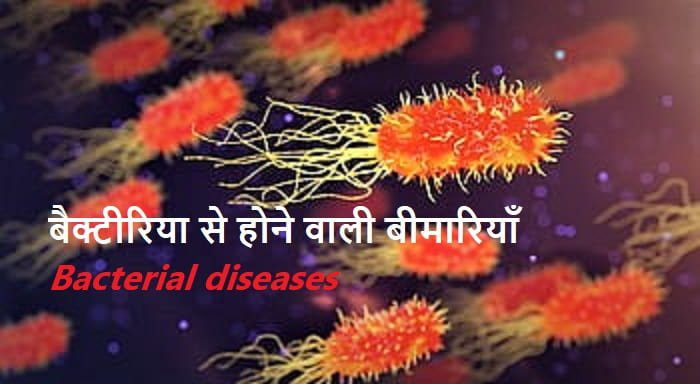
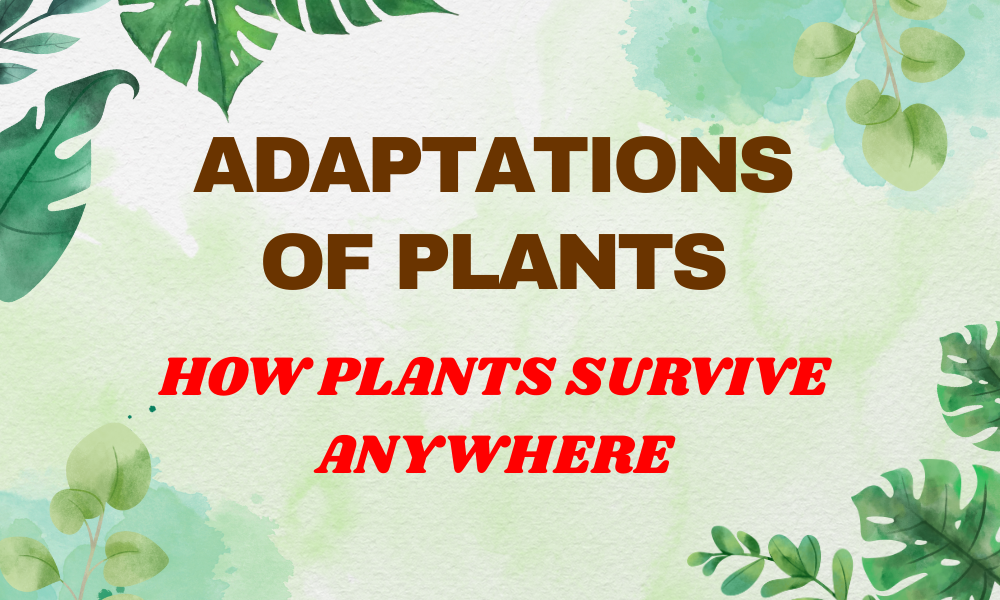






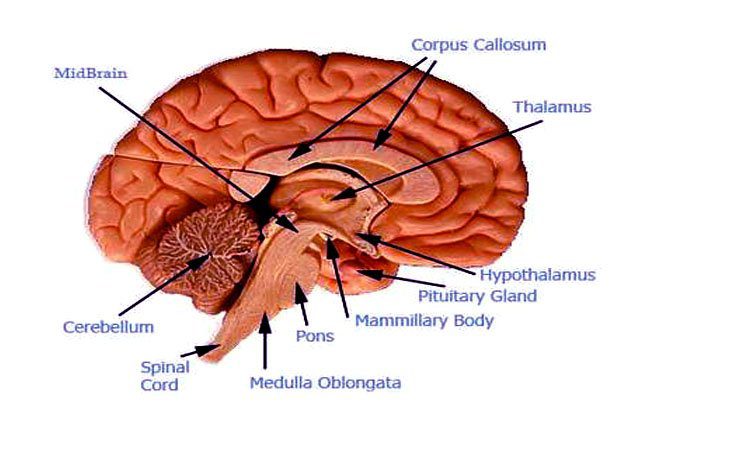


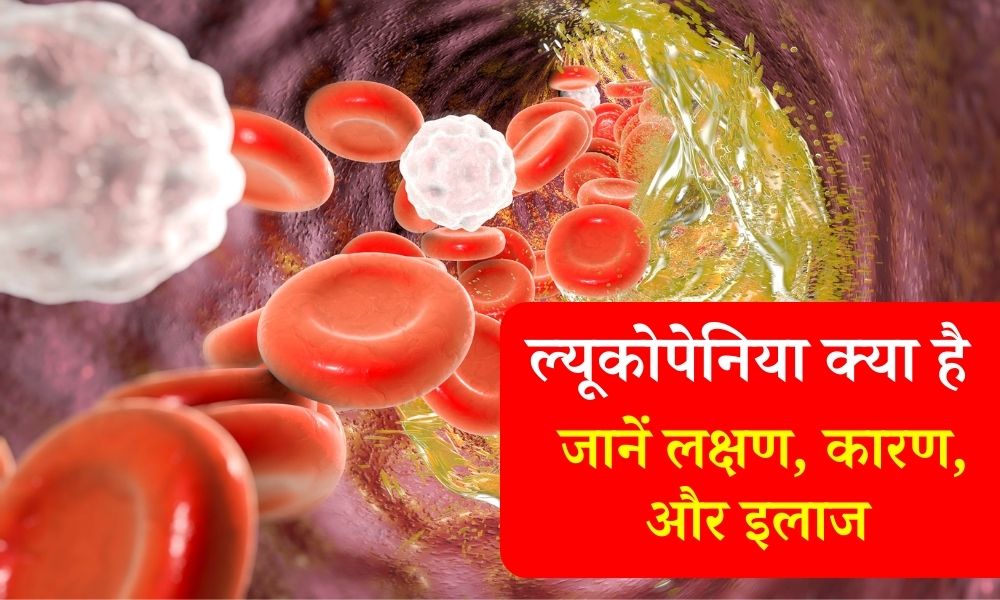










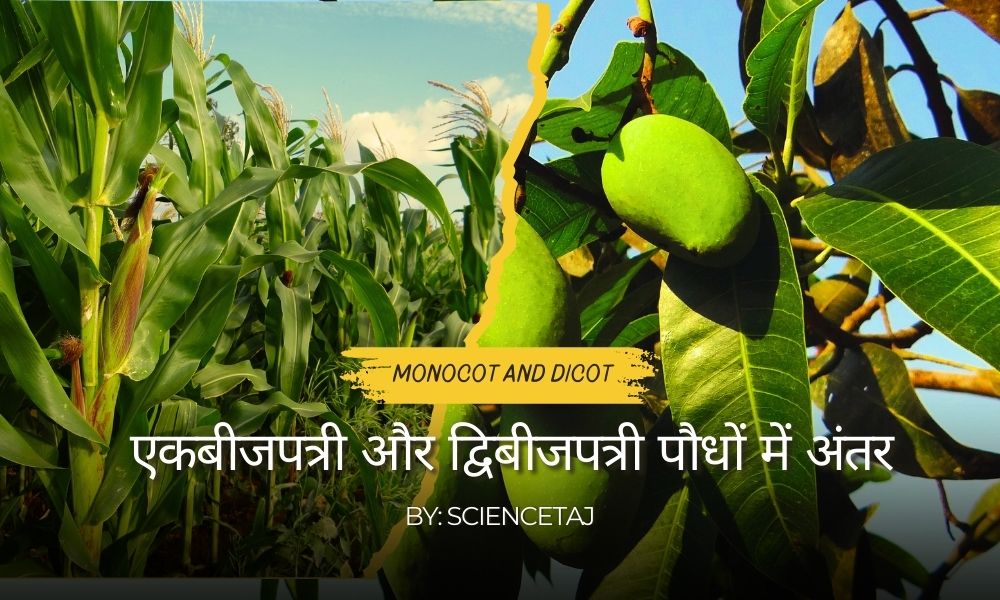

Leave a Reply